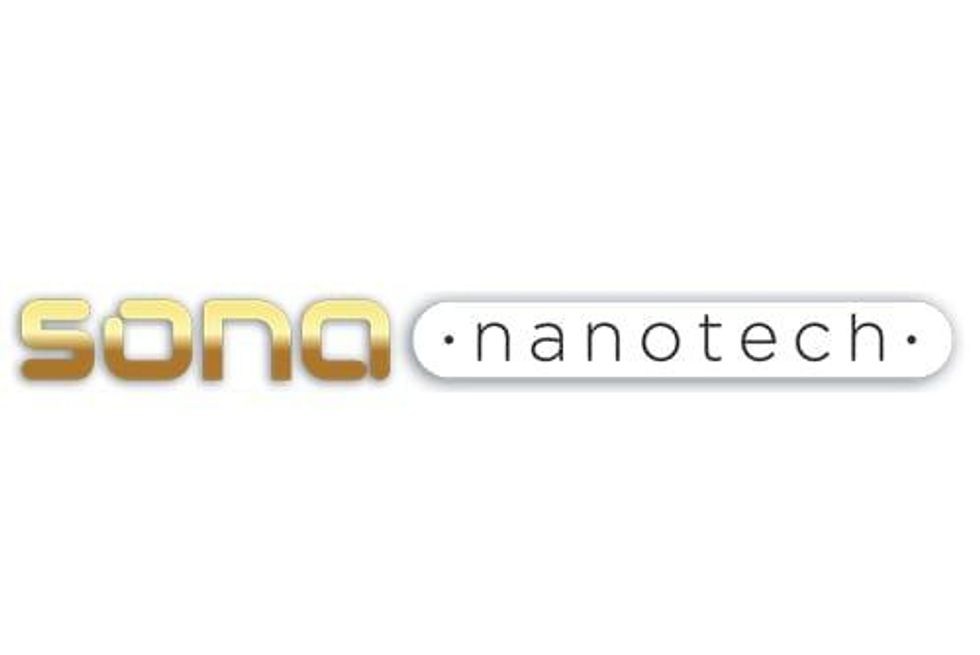Top Trends in Nano News Today
Nano news today reveals that nanotech continues to be a flourishing industry. Areas as diverse as 4D printing and the medical device industry are benefiting from nanotech.
Nanotech is a flourishing industry with active investment and diverse applications. Nano news today reveals that nanotech research is producing innovation in areas as diverse as the medical device industry, computer technology and 4D printing.
Here, the Investing News Network takes a look at the top trends of 2015.
Government and private funding pushing nanotech research forward
Nanotech innovation is being driven by key investments from both the private sector and government grants. For example, the US Department of Defense recently gave an $8.5-million grant to Northwestern International Institute for Nanotechnology. According to the Daily Northwestern, this grant will fund research on 4D printing technology. Milan Mrksich, one of the project’s five senior participants, recently explained that “within an object made up of nanoparticles, we’re controlling the placement — as we use a printer to control the placement of every particle, our fourth dimension lets us choose which nanoparticle with which property would be at each position.” This funding demonstrates one exciting direction that nanotech research is taking. However, the technology is versatile, flexible and can be applied in multitudes of ways.
IBM (NYSE:IBM), for instance, has pledged to spend $3 billion between 2014 and 2019 on developing new nanotech. One exciting project is its plan to use nanotech to develop a new computer chip with four times the capacity of the most powerful chips on the market today. This project, which functions on 7-nanometer transistors, is in development with GLOBALFOUNDRIES and Samsung Electronics (KRX:005930).
Nanotech’s growing importance in the medical device industry
The technology underlying nanotech is very complex, but its benefits are easy to see. Med Gadget recently reported that the global nanotech in medical devices market was valued at $5 billion in 2014. This market, which includes biochips, implantable materials, medical textiles and wound and active implantable dressings, is poised to expand in the coming years. The report predicts that the market will experience 11- to 12-percent compound annual growth in the next four years, reaching $8.5 billion by 2019.
Already, the industry is seeing acquisitions that reflect this growth. In early July, Merck bought the remaining stake in Qlight Nanotech, a company that has created a nanocrystal that converts light frequencies to other frequencies with only minimal loss of energy. In practice, this improves the clarity of LCD screens and LED lighting. Although no numbers were disclosed, estimates peg the deal as being in the tens of millions of dollars. Commenting on the acquisition, Merck CEO Karl-Ludwig Kley said, “Qlight’s products can enable Merck to grow in the flexible screen niche, which is the next generation of illuminated screens.”
Nanotech in everyday life
The research being pursued by the US Department of Defense, IBM and Merck illustrates the advanced applications of nanotech. However, it doesn’t just benefit these high-tech industries; nanotech also has practical applications that reduce everyday inconveniences.
Indeed, nanotech recently made headlines for its involvement in a device that tells motorists when it’s time to change their oil. Digital Journal explains that the device, which has a 2.5-millimeter diameter, uses thin metal oxide films to create a real-time sensor that monitors engine oil quality. The research behind this device was carried out at the Electron Science Research Institute at Edith Cowan University in Australia.
The diversity of these stories reveals how flexible nanotech truly is. From 4D printing to computers to medical devices to automobiles, there are traces of this technology all over the modern world.
Securities Disclosure: I, Morag McGreevey, hold no direct investment interest in any company mentioned in this article.
Related reading:
What is Nano Investing?
Why Should I Invest in Nano Tech Stock?
